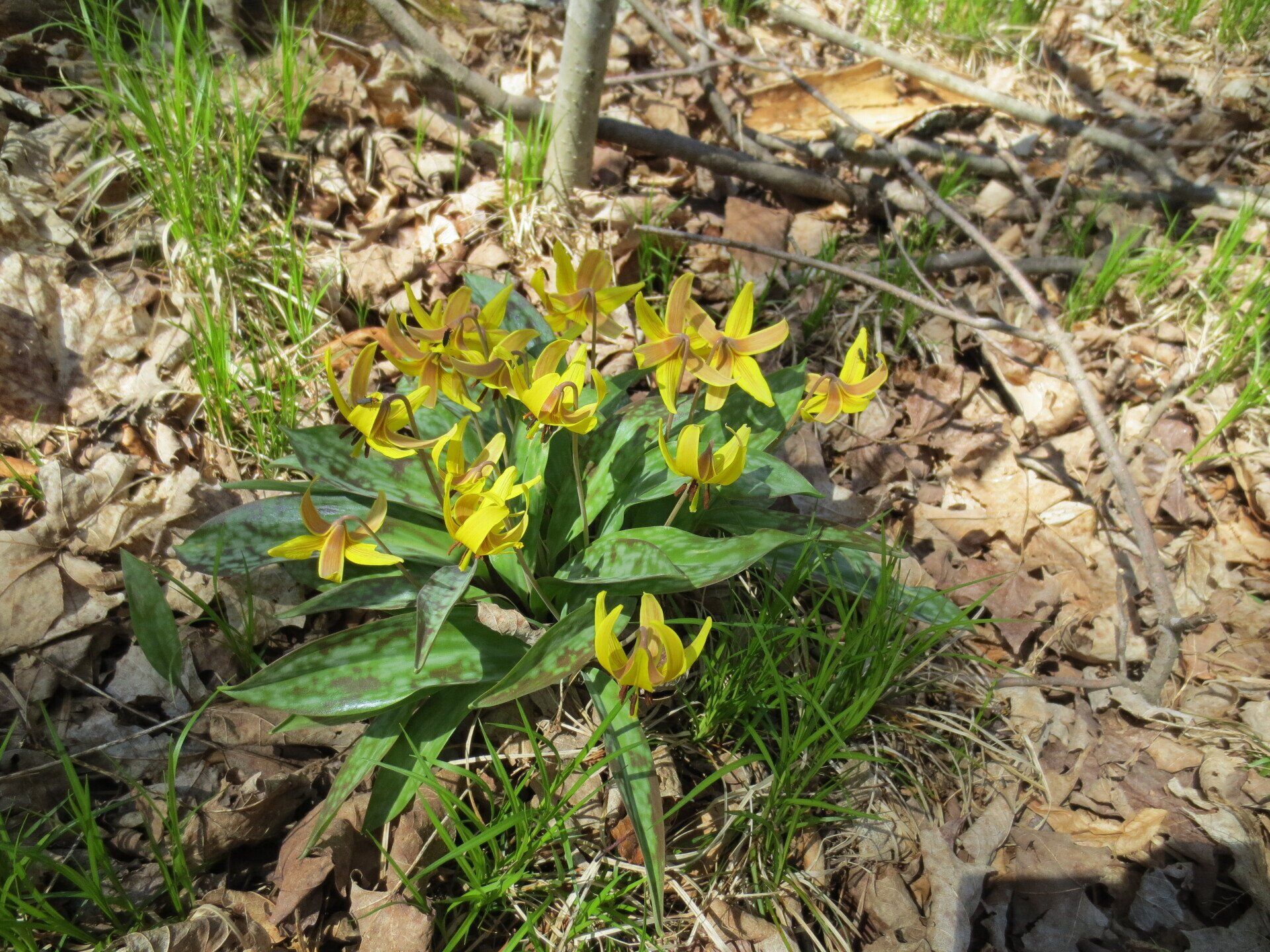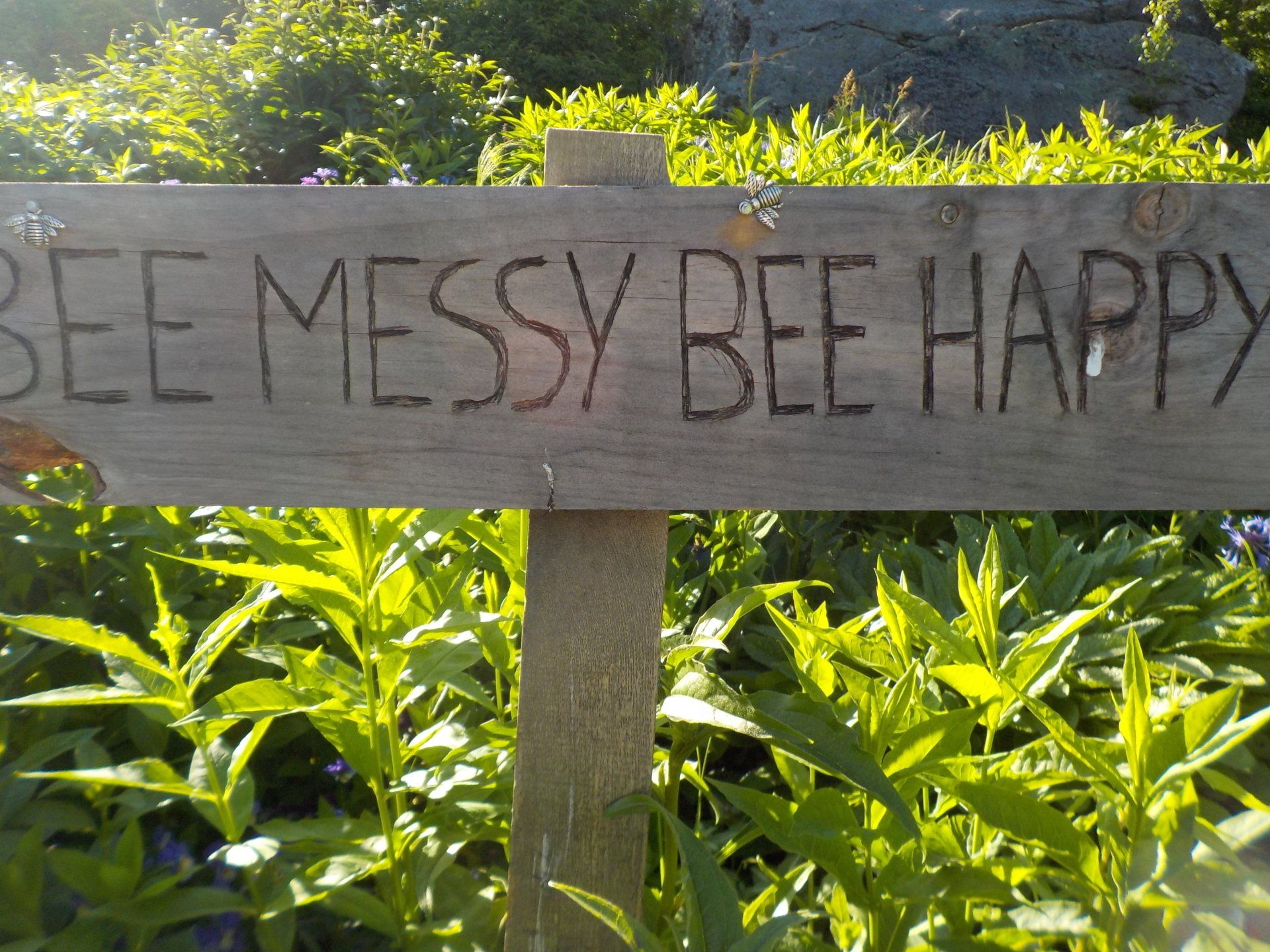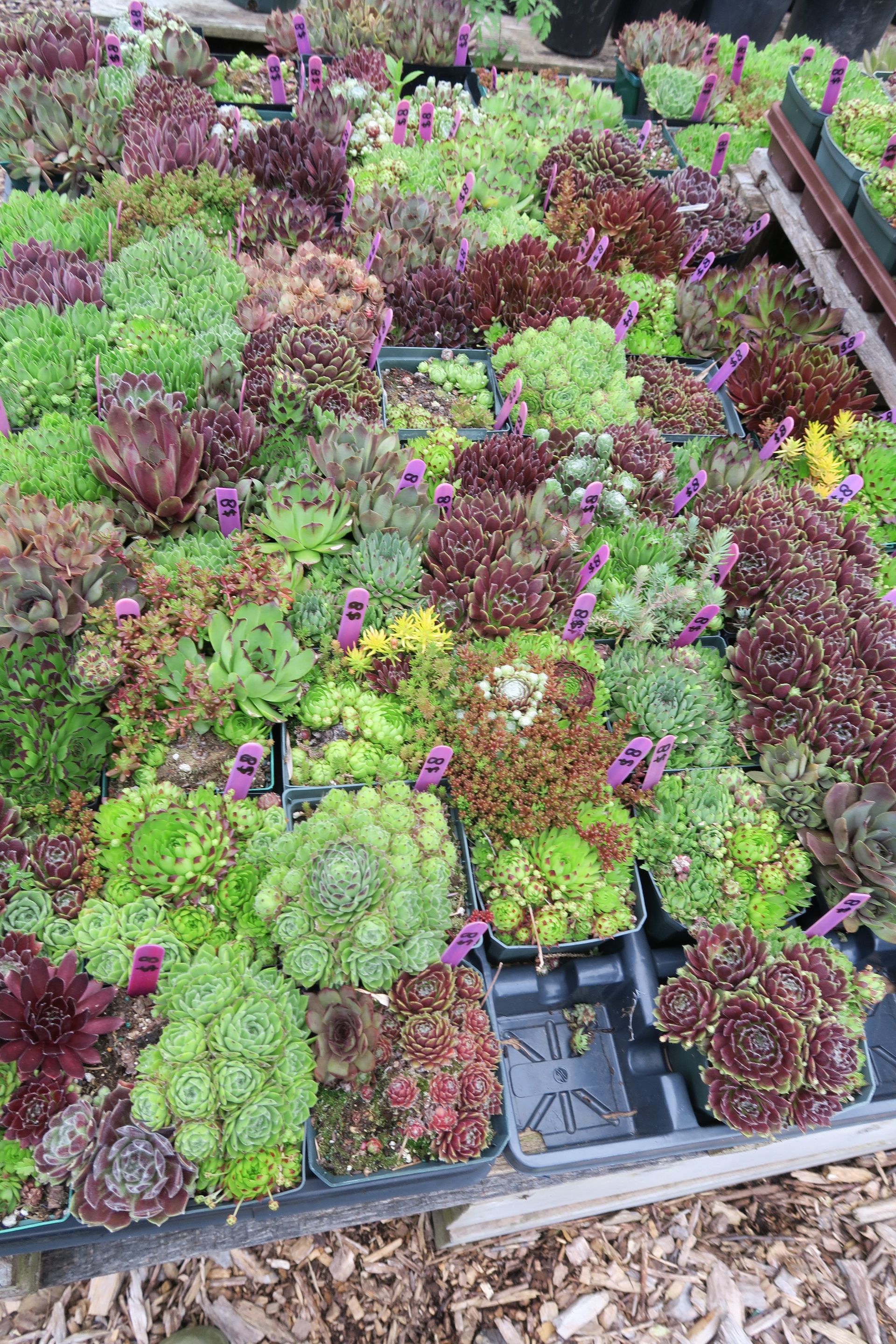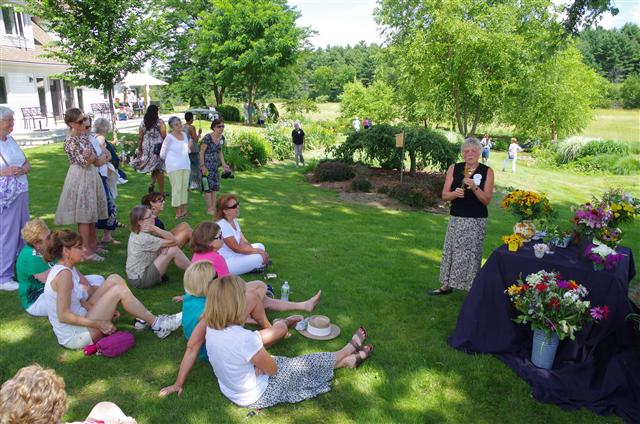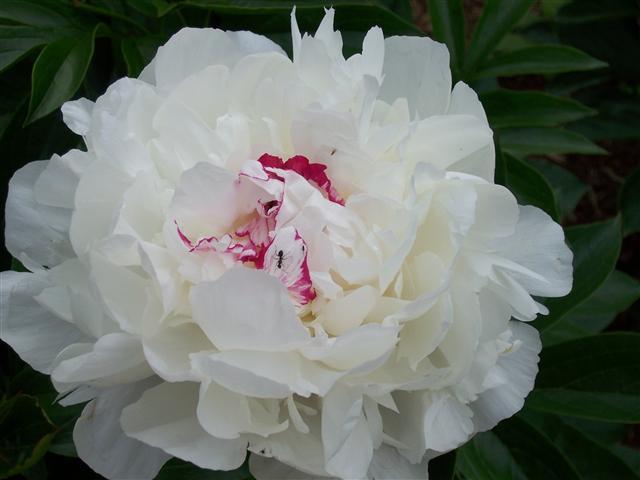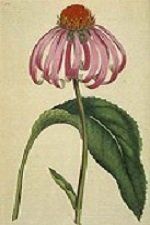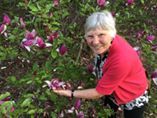How to maintain hardy succulent garden containers in cold climates:
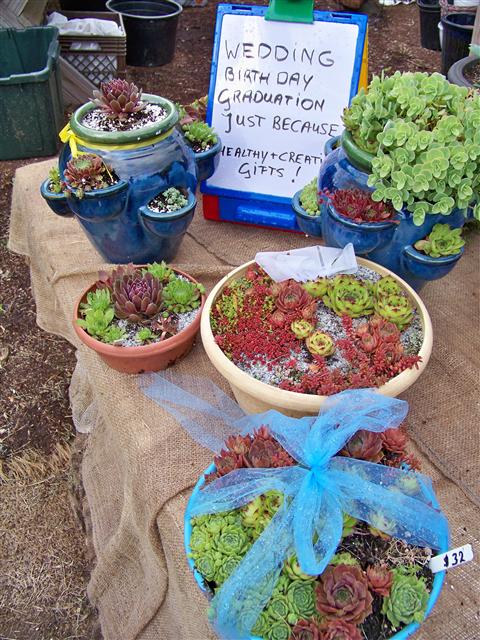
How to maintain hardy succulent garden containers in cold climates:
Succulents,
such as sedum and sempervivum, offer exciting textures and colors with
their thick foliage and delicate flowers. They are able to take heat,
lots of sunlight, and little watering. Succulents are great to use is
xeriscaping and rock gardening as well as in well-draining spots in a
perennial border or container gardens.
Growing:
Perennial
succulents require well-draining soils and very little water. The most
important thing to consider when planting your containers (or if you're
planting in the ground) is to provide excellent drainage. Without good
drainage, they will rot.
They are also easy to propagate, have
colorful flowers, and, although they spread rapidly, are not invasive.
They prefer growing zones 4-8 and they need Full Sun to Part Sun.
Once
a hen plant produces a chick, that chick will begin producing its own
babies after only 1 season. Sempervivum plants generally only live for 3
years, so the plants have 2 productive years before they die. After 3
years and having produced many baby plants a Sempervivum grows a tall
center stalk that blooms before the plant dies. Cutting off the center
stalk will not prevent the plant from dying.
At times, you may want to move your containers to get them out of heavy rain.
Sempervivums will grow in a smaller amount of potting mix than most plants, so it is not necessary to use large containers.
Let
the soil dry out between watering. These succulent plants are drought
resistant since they store water in their leaves, but they still need
water to thrive. During the summer heat they will need to be watered
more frequently. Dont over water. If you see your plants begin to
struggle, make sure the soil drainage is good and cut back on the
watering. Most plants die because of overwatering!
Overwintering:
Move the plants into an unheated garage or cover them during sever
winter weather. Succulents need shelter from winter rain and melting
snow. They can survive the cold well. For winter storage place the pot
in direct contact with the ground to avoid fluctuating temperatures.
Place a large pot over the container garden. Put a rock or brick on top.
You can also use a crate covered with a piece of white plastic.
Insurance:
If you have very favorite sedums or hens and chicks, put some chicks in
the ground (make sure it is a spot that drains well) in late August,
early September. They will nearly always survive there and you have your
own supply if some don't survive in the pots.
Fun Facts:
The Latin name Sedum
means "to sit." It is an appropriate name for the low-growing
succulents. They have evolved in some of the toughest growing conditions
on earth and are actually at their best when grown in the hot sun and
poor soil.
Sempervivum (Hens and Chicks) means "always alive" - a
reference to the fact that houseleeks tolerate extreme temperatures and
drought.
Sempervivum:
These grow babies on runners. Just
pull off the chicks and plant elsewhere. It is best to remove the babies
when the runner has begun to wither. Offsets root quickly and contact
with soil is enough for them to start growing.
Jovibarba Rollers:
These types of Hens and Chicks produce lightly attached "chicks" that easily pop off and roll away from the mother plant.
